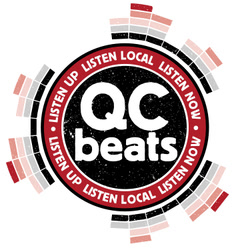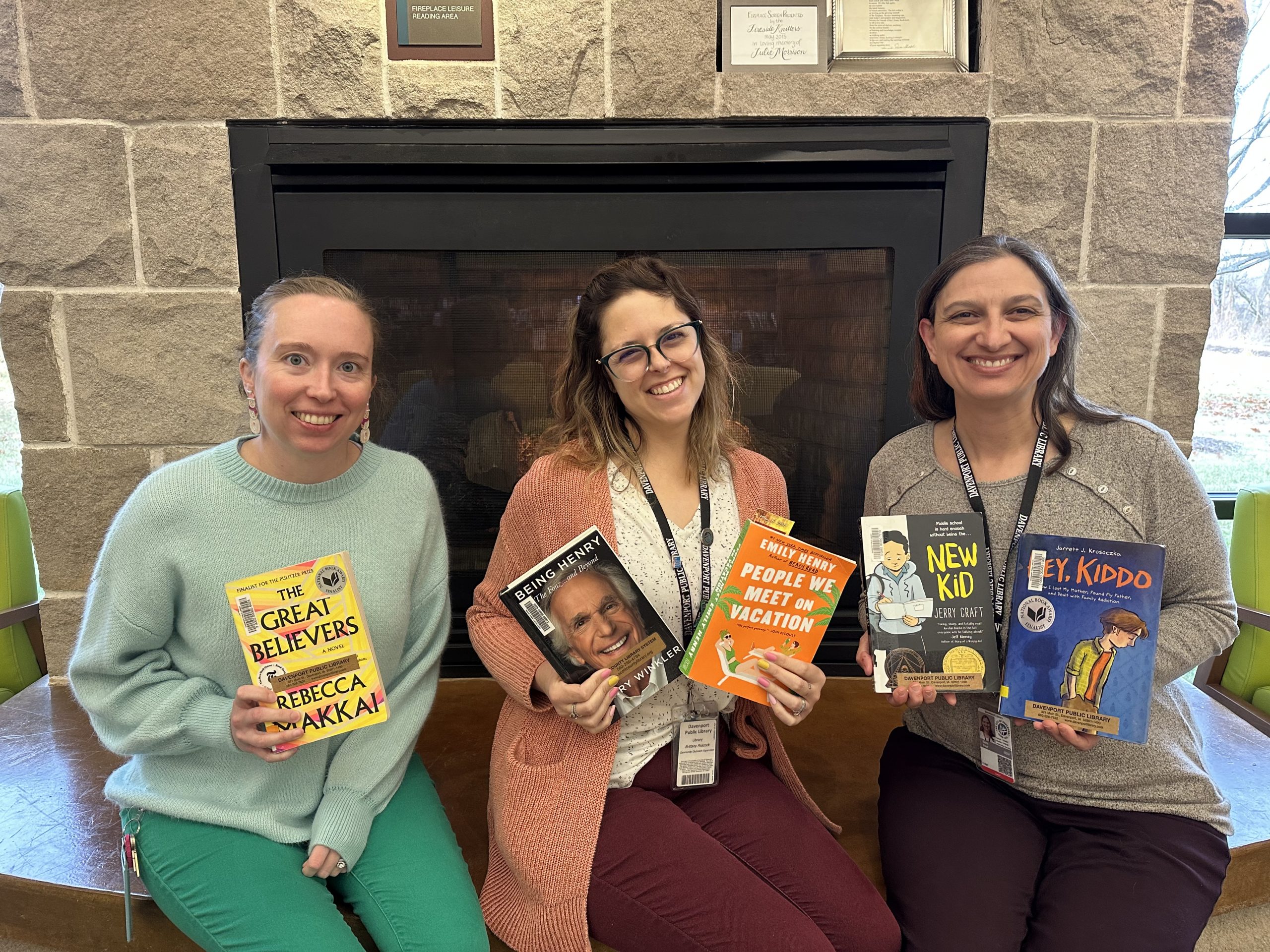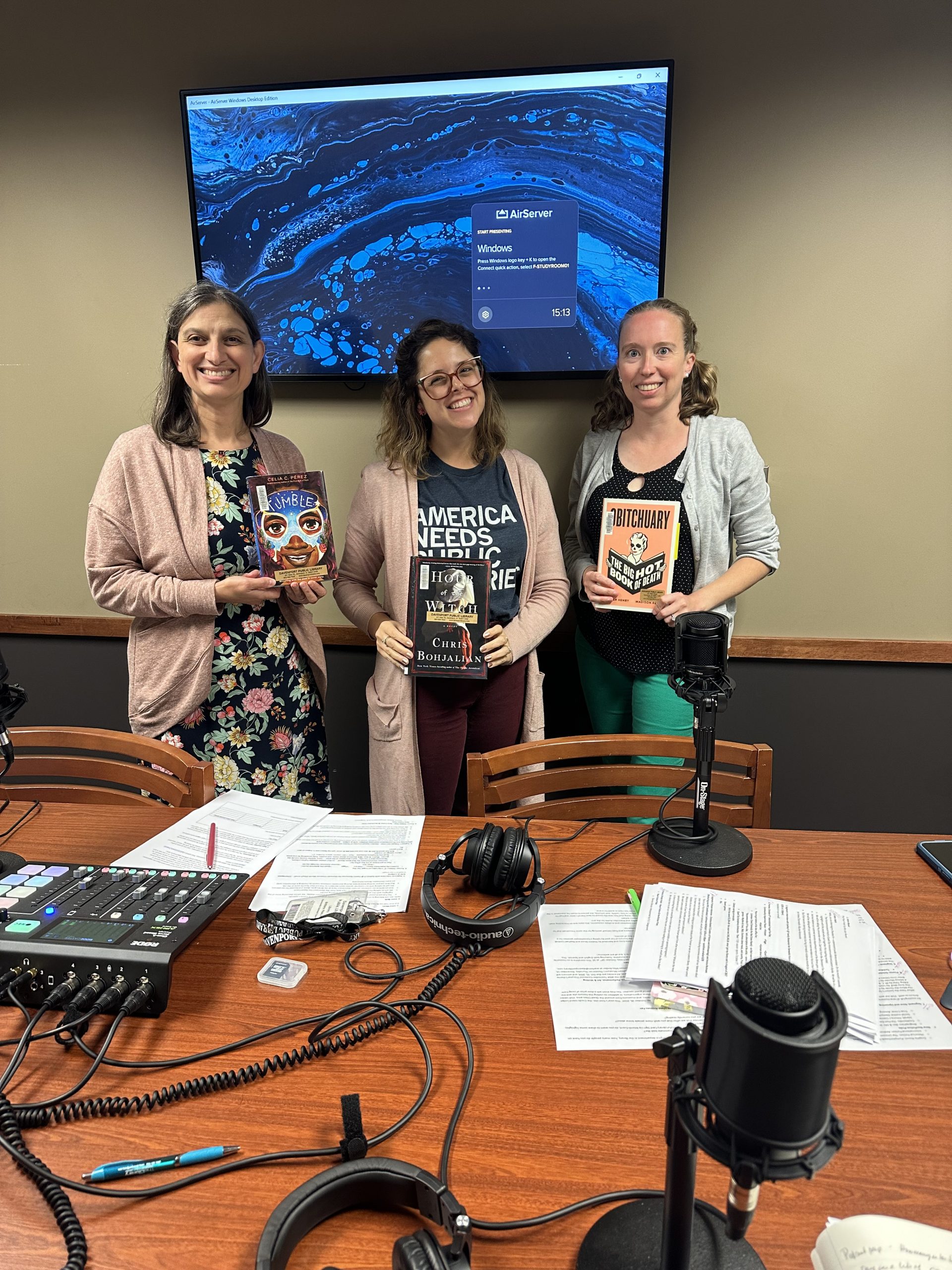Having your book published can be a rewarding, but also complicated process no matter if you want to self-publish your book or go the major publisher route. Here are some books and online resources you can access through your Davenport Public Library Card that may help the process become a little easier! Book descriptions are provided by the publisher.
Self-Publishing For Dummies, 2nd Edition by Jason R. Rich
Self-Publishing For Dummies takes you through the entire process of publishing your own books, starting with the writing and editing process and moving through cover design, printing options, distribution channels, and marketing to a target audience. With the advice in this book, you can tackle self-publishing, no matter what genre you write in. You’ll learn how to retain full control over your work and keep the profits from the sales of your book. In this updated edition, you’ll discover the latest technologies in self-publishing, trends in the world of ebooks, and new marketing techniques you can use online and in the real world. Becoming a published author is easier than ever, thanks to this Dummies guide.
- Understand every step in the self-publishing process
- Discover how to write and sell your books in ebook and printed formats
- Hire an editor, obtain an ISBN, and generate publicity for your book
- Fine-tune your writing to improve your chances of success
- Get your work out there—no agent or publisher needed
Self-Publishing For Dummies is the perfect choice for anyone with an interest in DIY publishing. — Wiley
Creative Self-Publishing by Orna Ross
It has never been easier to publish a book, but publishing a book is never easy.
Creative Self-Publishing is a comprehensive guide to every step in the publishing process, written by the director of the Alliance of Independent Authors (ALLi), and drawing on the experience of thousands of ALLi members.
The book’s focus is how to apply your creativity to publishing, as much as to writing. It takes an individual approach, beginning with you—your passion, mission and sense of purpose as a publisher and creative business owner—then guiding you through the seven processes of publishing, in ways that empower you to reach more readers and sell more books.
In an engaging, easy-to-read format, you’ll learn:
- Which creative practices and business models the most successful authors are using today
- Where you fit in the history of authorship and self-publishing
- How to overcome publishing resistance and block by fostering creative flow.
- Where to find your ideal readers and how to ensure they find your books
- A proven planning method that marries your passion, mission and purpose as writer and publisher
- Whether you write fiction, nonfiction, or poetry books, the principles and practices outlined in this book will work for you. You’ll make better books, find more readers, turn them into keener fans, and grow your income, impact and influence as a self-directed and empowered indie author–the creative way. — ALLi
Successful self-publishing: how to self-publish and market your book by Joanna Penn
Want to self-publish your book but don’t know where to start? Worried it’s too complex or you don’t have the right skills?
This updated and expanded Fourth edition of Successful Self-Publishing provides everything you need to successfully self-publish your book in ebook, print, and audio formats, plus proven marketing strategies to reach more readers.
Written by award-winning, New York Times and USA Today bestselling author Joanna (J.F.) Penn, this practical guide shares the exact methods used to publish more than forty books and build a multi-six-figure author business.
In this comprehensive guide, you’ll discover:
- A quick-start roadmap for self-publishing your first book
- Step-by-step instructions for publishing professional-quality ebooks, print books, and audiobooks
- The sites and services to trust and how to avoid the scams
- Marketing strategies that work for both fiction and non-fiction
— The Creative Penn
In this book, Chloë Bisson shares a comprehensive roadmap for entrepreneurs who genuinely want to share their expertise, inspire others and leave a lasting legacy through writing and publishing their own book.
If you’re reading this to learn how to publish your book fast so that you can get rich, make money while you sleep and get paid with “passive income” then this book isn’t for you.
If you’re looking for a book that will show you how to use the Amazon algorithm and become a “bestselling author” with a garage full of your own books, then this book isn’t for you.
But if you want a book that will show you the exact steps to write and publish your book so you can inspire others, share your knowledge and be known as the authority in your industry, then this book is for you. — JM Publishing
Pitch Craft: The Writer’s Guide to Getting Agented, Published, and Paid by Laura Goode
An award-winning author and Stanford writing instructor demystifies the business of writing with this practical, procedural guide to creating successful pitches, impressing editors and agents, negotiating compensation, and more.
Published multi-genre writer Laura Goode had an epiphany after finishing her MFA and building a freelancing career: Nobody is teaching writers how to wield their persuasive storytelling abilities to make money from their writing. So she decided to write the business-of-writing handbook she needed most.
Pitch Craft draws on Goode’s experience as a novelist, poet, essayist, filmmaker, and creator of a pitching and publishing course to uncover what nobody else will tell you about the business strategy that creates a writing career. With unapologetic honesty earned from years of navigating the publishing world, each chapter in this valuable insider’s guide close-reads a distinct element of putting your work out into the world, such as:
• Constructing effective author bios and websites
• Leveraging your social media platform
• Developing a reliable template for pitches and queries
• Cultivating relationships with publishing gatekeepers
• Strengthening your self-advocacy skills
Pitch Craft is for writers in all genres and of all experience levels, whether you’re just getting started, are considering applying to a graduate program, or have been in the trenches for decades. After reading and completing the assignments in Pitch Craft, you’ll hold a finished pitch in hand and the knowledge and skills to navigate your dream literary career. — Ten Speed Press
Online Resources:
We also have some courses that focus more on the traditional side of book publishing available on LinkedIn Learning and Kanopy accessible through logging in with your library card.
- Sell Your Novel to a Major Publisher – LinkedIn Learning
- How to Publish Your Book – Kanopy




























 Online Reading Challenge
Online Reading Challenge
 2025 Rock Island Arsenal Series
2025 Rock Island Arsenal Series
 Board Game and Puzzle Collection!
Board Game and Puzzle Collection!
 What Our Hosts Read In November
What Our Hosts Read In November










 Wintry Romances
Wintry Romances

 National Game and Puzzle Week November 20th – 26th
National Game and Puzzle Week November 20th – 26th
 Business Program
Business Program

 Young Readers Day
Young Readers Day














 What Our Hosts Read In September
What Our Hosts Read In September